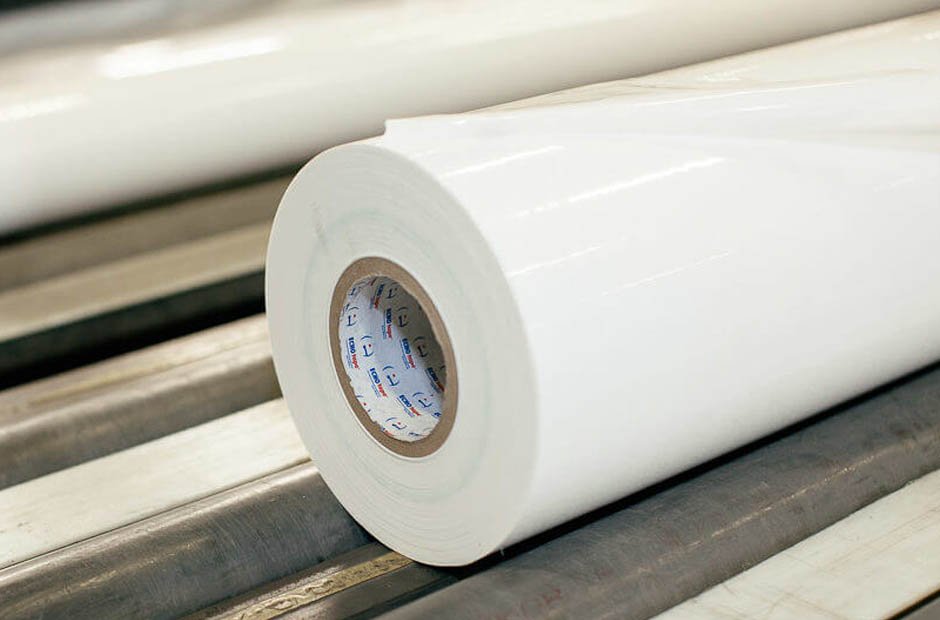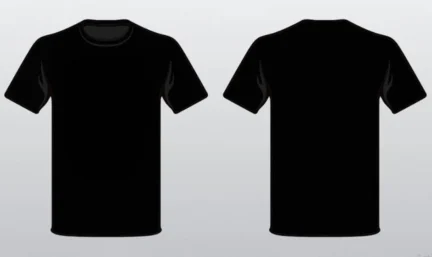In an era where the longevity and pristine appearance of materials are highly valued, innovations in surface protection technology have become pivotal. These advancements not only enhance the durability and aesthetics of various surfaces but also contribute significantly to sustainability by reducing the need for frequent replacements and maintenance. From industrial applications to everyday gadgets, understanding the latest techniques and innovations in surface protection can help you choose the best options for preserving your valuable assets.
The Evolution of Surface Protection
Surface protection technology has made leaps and bounds, moving beyond simple sealants to sophisticated treatments that shield against physical, chemical, and biological threats. These innovations are crucial for maintaining the integrity and appearance of materials across various industries, including automotive, electronics, construction, and healthcare.
Breakthrough in Surface Treatments
Among the notable advancements, anti-fingerprint coatings have emerged as a revolutionary solution, particularly for devices and fixtures frequently touched, such as smartphones, appliances, and door handles. These coatings are meticulously engineered to repel oils from human skin, preventing unsightly smudges and making cleaning a breeze. The application of such technology extends the cleanliness and pristine appearance of surfaces without the need for harsh chemicals.
Innovative Techniques in Surface Protection
As the demand for more effective protective solutions grows, several innovative techniques have surfaced, each tailored to meet specific challenges associated with different types of materials and environmental exposures.
Nano-Coatings
Nano-coatings are at the forefront of surface protection, offering a microscopic shield that is both incredibly thin and effective. These coatings are engineered at a molecular level to provide resistance to scratches, stains, water, and UV light, making them ideal for outdoor applications as well as high-touch areas.
Ceramic Coatings
Ceramic coatings are known for their hardness and durability, providing a top layer that protects against minor abrasions, corrosion, and tarnishing. Commonly used in the automotive industry, these coatings add a glossy finish while also making vehicle exteriors much easier to clean.
Hydrophobic and Oleophobic Coatings
These coatings are designed to repel water and oils, respectively, making surfaces not only easier to clean but also more resistant to staining and smudging. They are particularly useful in kitchen environments where oil and water spills are frequent.
Application Areas and Their Impact
The application of advanced surface protection technologies spans multiple domains, each benefiting from increased durability and reduced maintenance requirements.
Automotive Industry
In the automotive sector, paint protection films and ceramic coatings are used to preserve paintwork and protect vehicles from road debris, UV exposure, and acid rain, significantly enhancing the vehicle’s appearance and resale value over time.
Electronics
For electronic devices, screen protectors and specialized coatings safeguard against scratches and reduce fingerprints on touchscreens, which enhances user experience and device longevity.
Architectural and Building Materials
In construction, protective coatings are applied to building exteriors to prevent weather-related damage and to interiors to resist wear and tear in high-traffic areas. These treatments help in maintaining the structural and aesthetic integrity of buildings.
Consumer Goods
From eyewear to kitchen appliances, the application of smudge-resistant and scratch-resistant coatings helps keep everyday items looking new and functioning effectively for longer periods.
Sustainability and Eco-Friendliness
One of the lesser-discussed yet significant benefits of advanced surface protections is their contribution to sustainability. By extending the life of products and reducing the frequency of replacements, these technologies help minimize waste and resource consumption.
Biodegradable and Non-Toxic Options
Research is increasingly focusing on developing surface treatments that are not only effective but also environmentally friendly. Newer coatings are being formulated to be biodegradable and non-toxic, reducing environmental impact without compromising performance.
Energy-Efficient Manufacturing
The processes involved in creating advanced coatings are also becoming more energy-efficient, with methods that require lower temperatures and less water, further contributing to an eco-friendlier production cycle.
Choosing the Right Surface Protection
Selecting the appropriate type of surface protection involves considering several factors, including the nature of the material, the environmental conditions it will face, and the specific durability needs.
Consultation with Experts
Engaging with professionals who specialize in surface treatments can provide valuable insights and recommendations tailored to your specific needs. They can guide you through the latest innovations and help you make an informed decision.
Cost-Effectiveness
While advanced coatings can sometimes be more expensive upfront, their long-term benefits in protecting against wear, reducing maintenance costs, and extending the lifespan of products often justify the initial investment.
Protecting Our World, One Surface at a Time
The new age of surface protection brings with it a host of techniques and innovations that are revolutionizing how we preserve materials. Whether it’s through nano-coatings that shield automotive exteriors from the elements or anti-fingerprint coatings that keep our gadgets looking sleek, these advancements are integral to modern living. By choosing the right protective treatments, we not only enhance the durability and appearance of our belongings but also contribute to a more sustainable and efficient use of resources. In this way, surface protection technologies are not just preserving materials—they are also protecting our planet.







